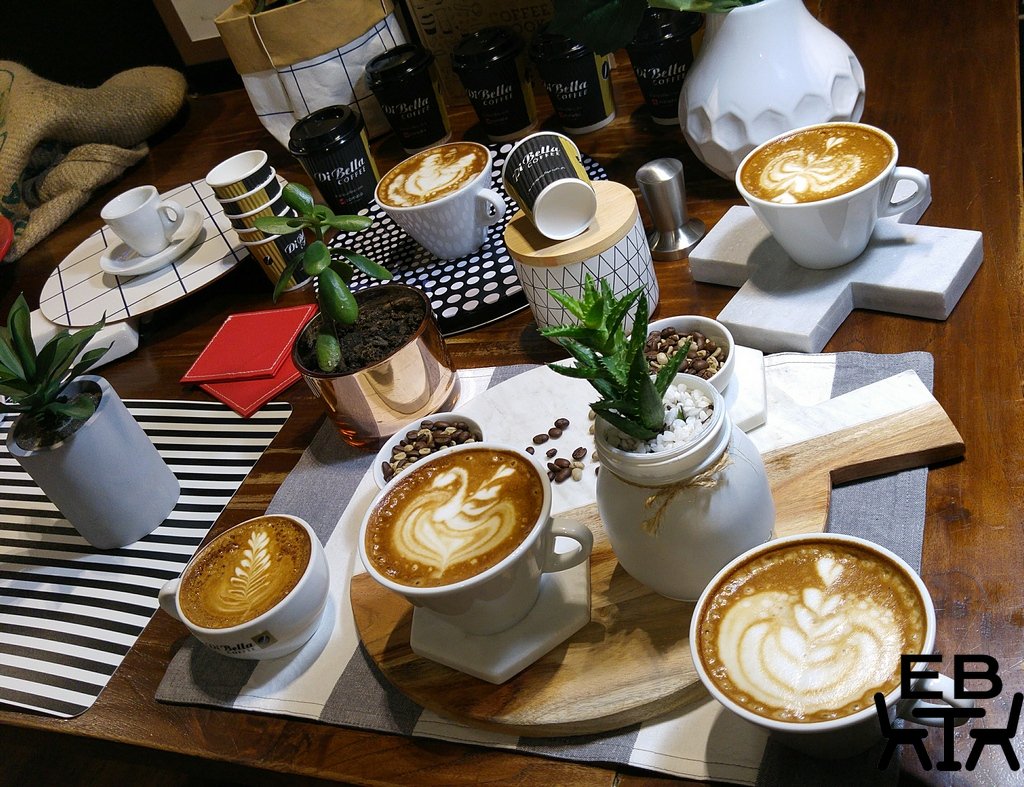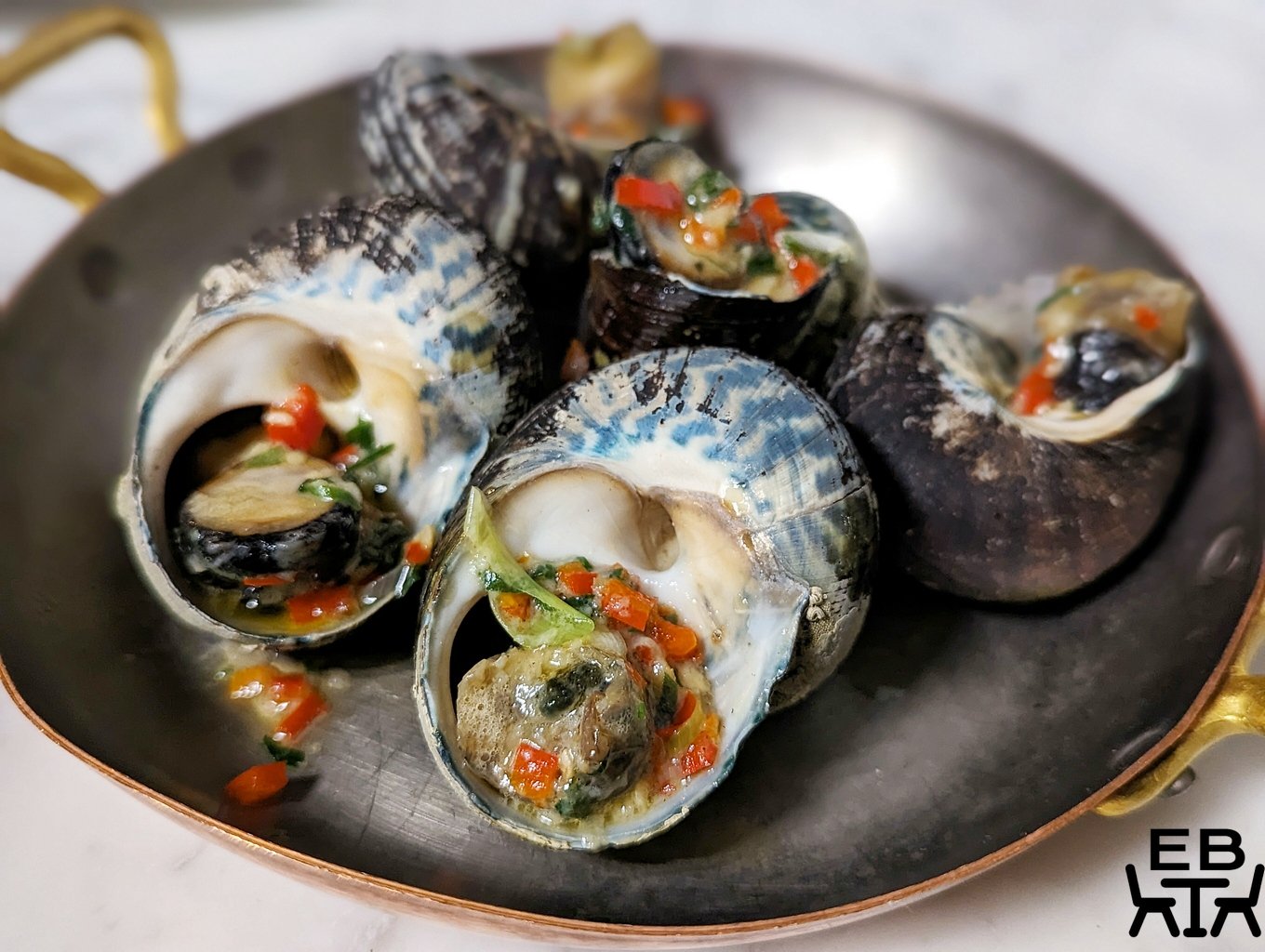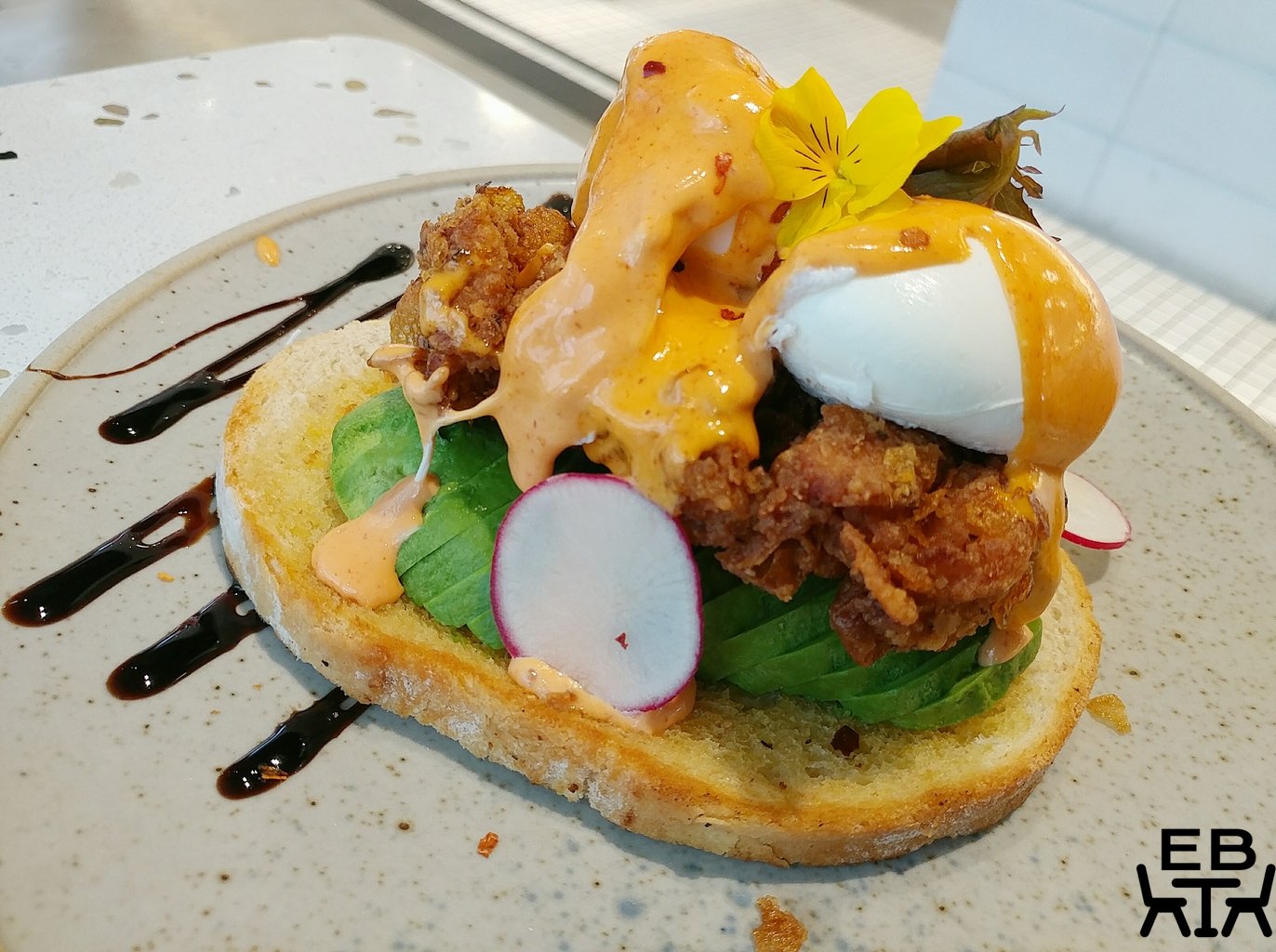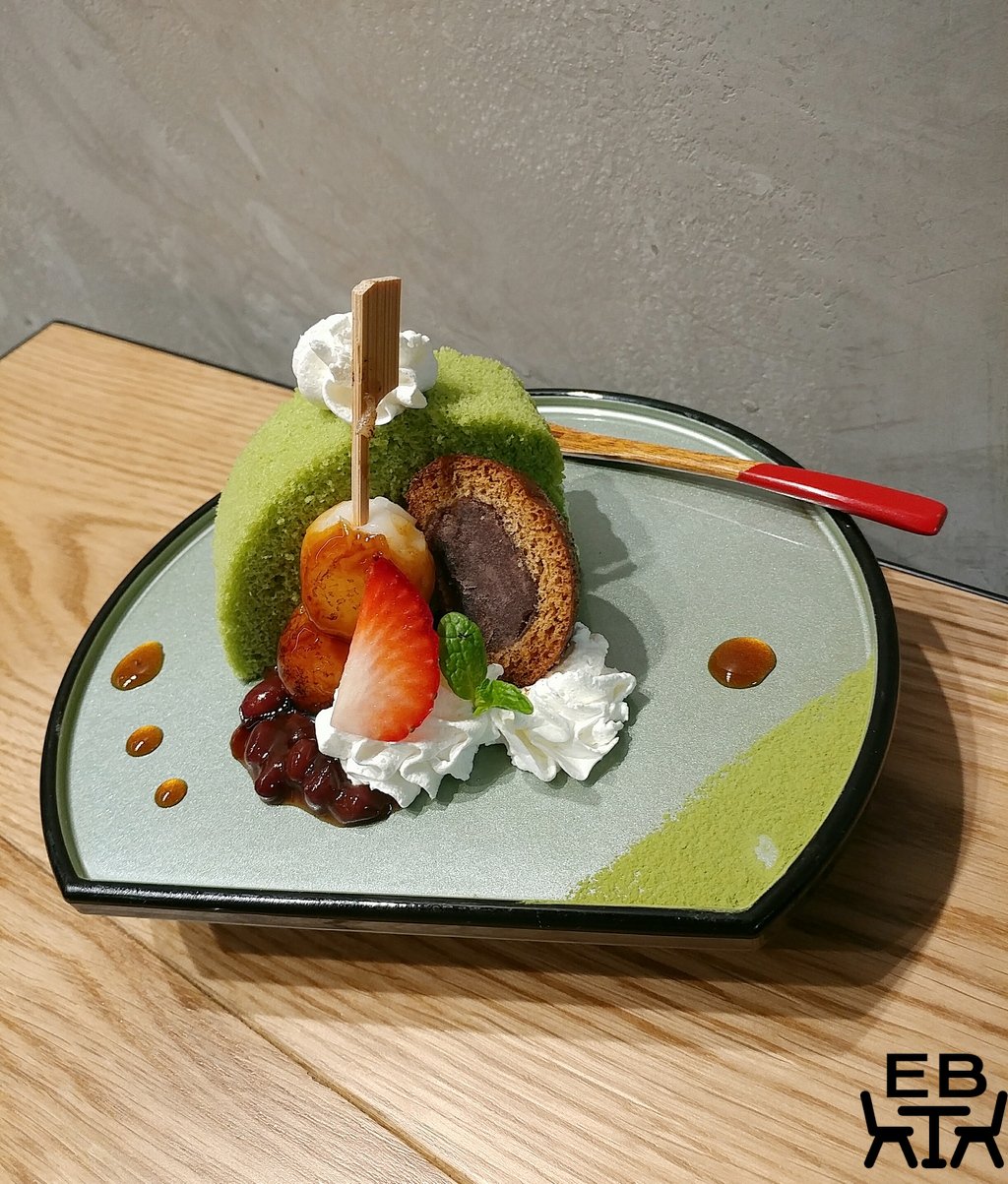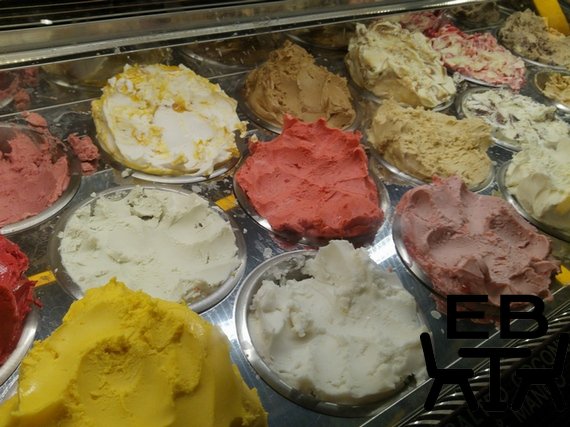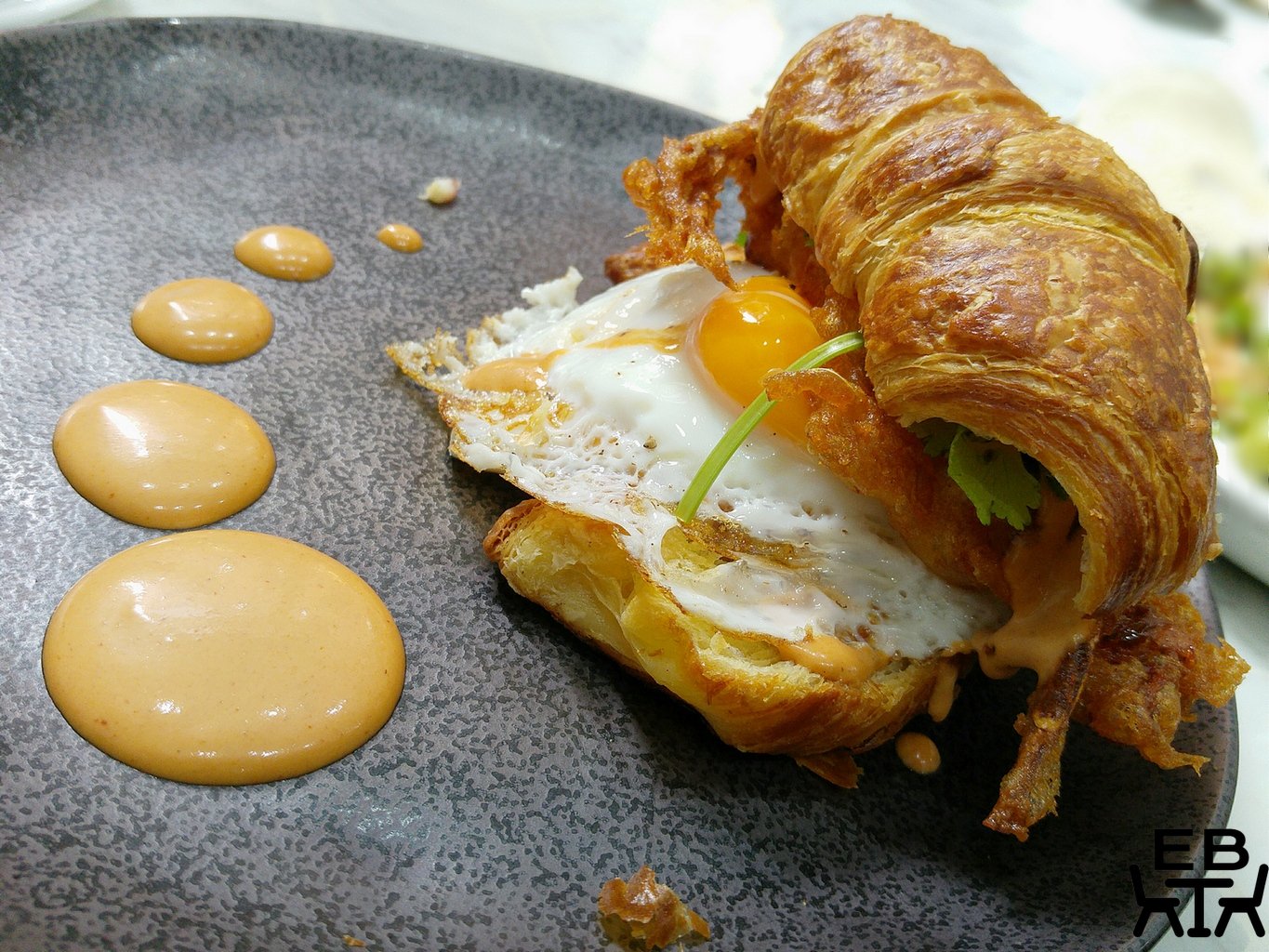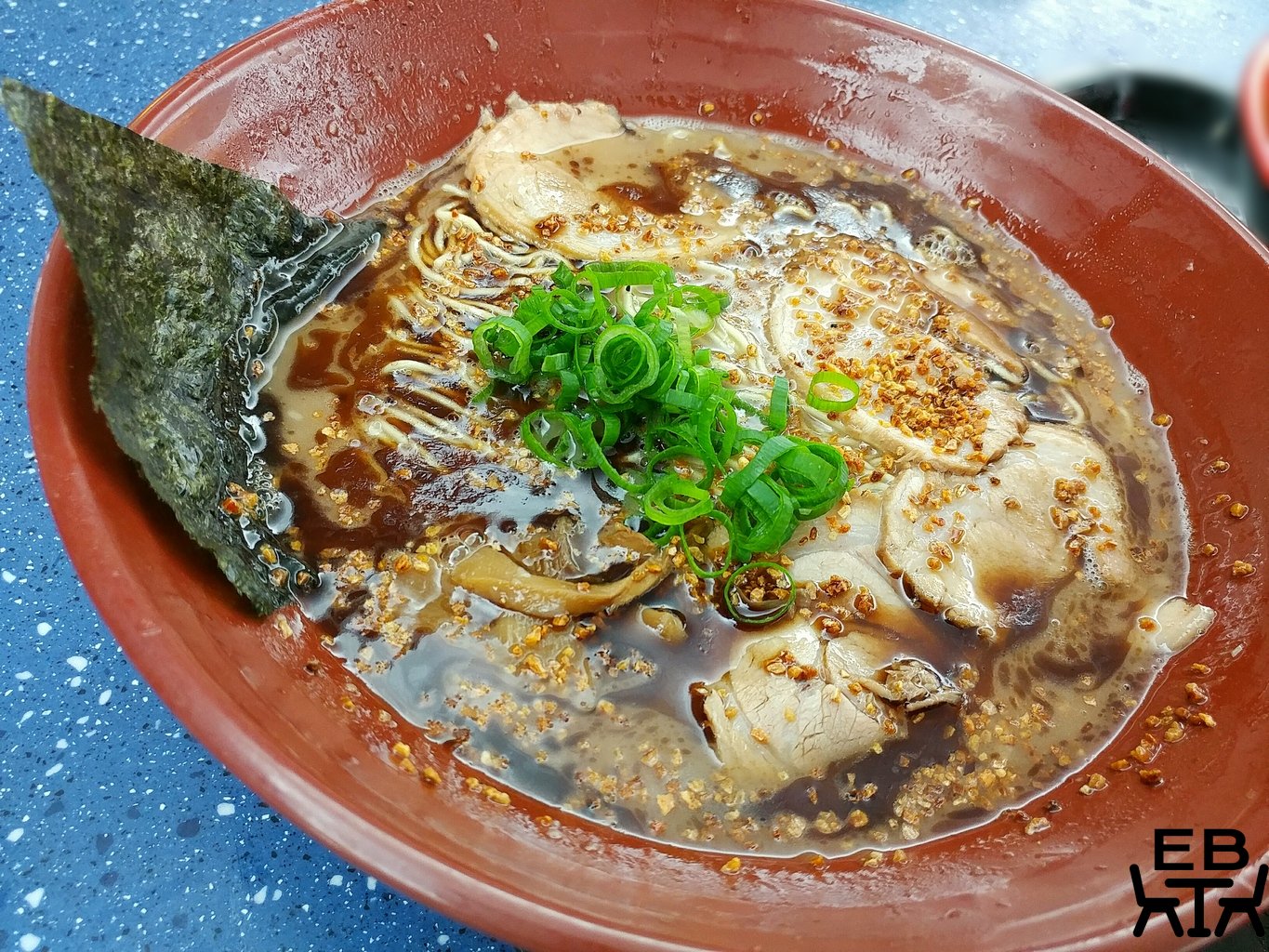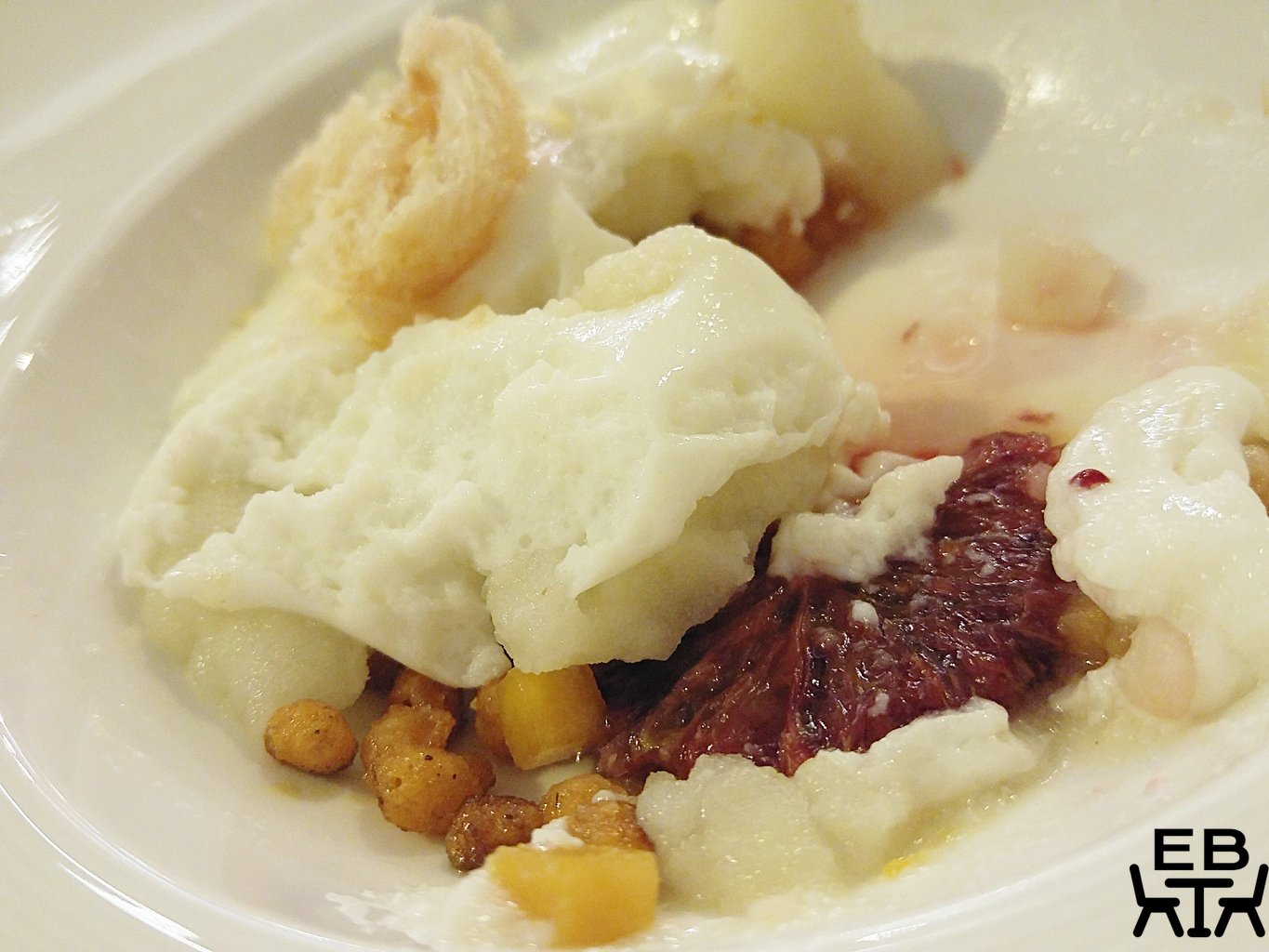If you live in Brisbane and you like coffee, you will already have supped some of Di Bella’s wares. It has been around for over a decade, and over that time has steadily expanded to supply cafes all over Australia, and then extended its reach to locations even further away, like China, India, and America.
We were fortunate enough to be invited to an event at the Bowen Hills roastery, where we learned about the processes that go into producing your tasty cup of coffee.
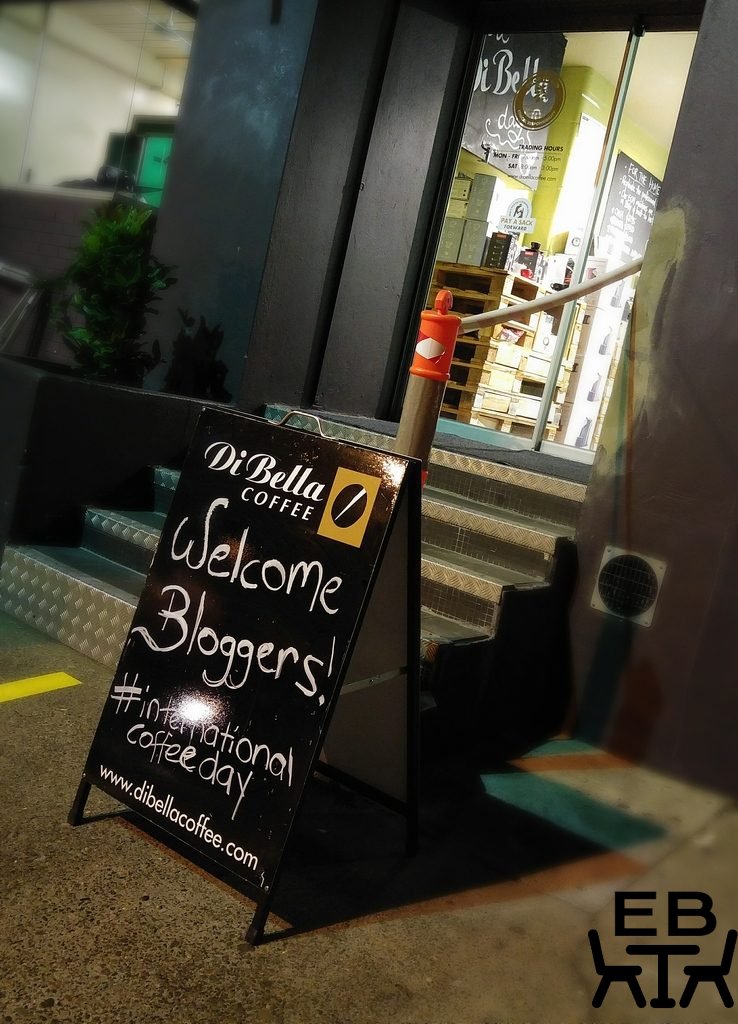
It started with a good cup of coffee as a reminder of what the end product has to be able to do. Given the large variety of ways people want their coffees these days, from a double ristretto to an iced latte, the beans need to be blended right to have a nice flavour profile that works. The soy iced latte I had had a lovely chocolatey, nutty flavour.
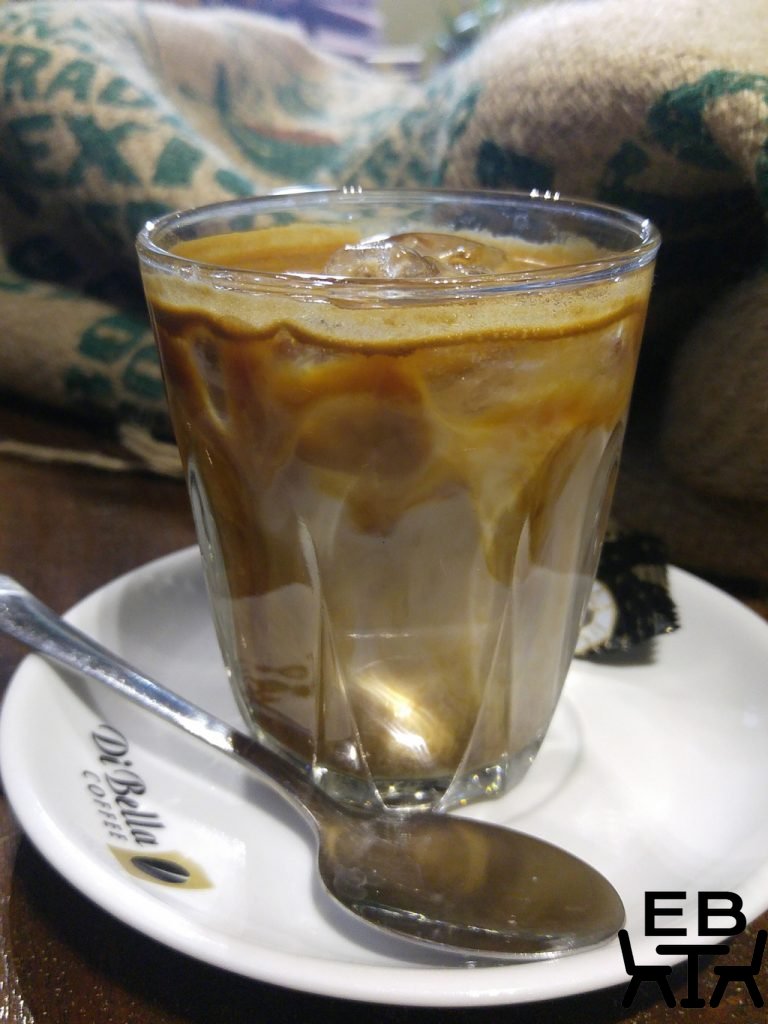
We were then shown to the area where the magic of blending and roasting goes on. They buy green coffee beans directly from the coffee farmers. They told us that the aim of that is to develop ongoing relationships with the farmers, both in the name of ethical buying, and so that they can help to improve the quality of the beans they get.
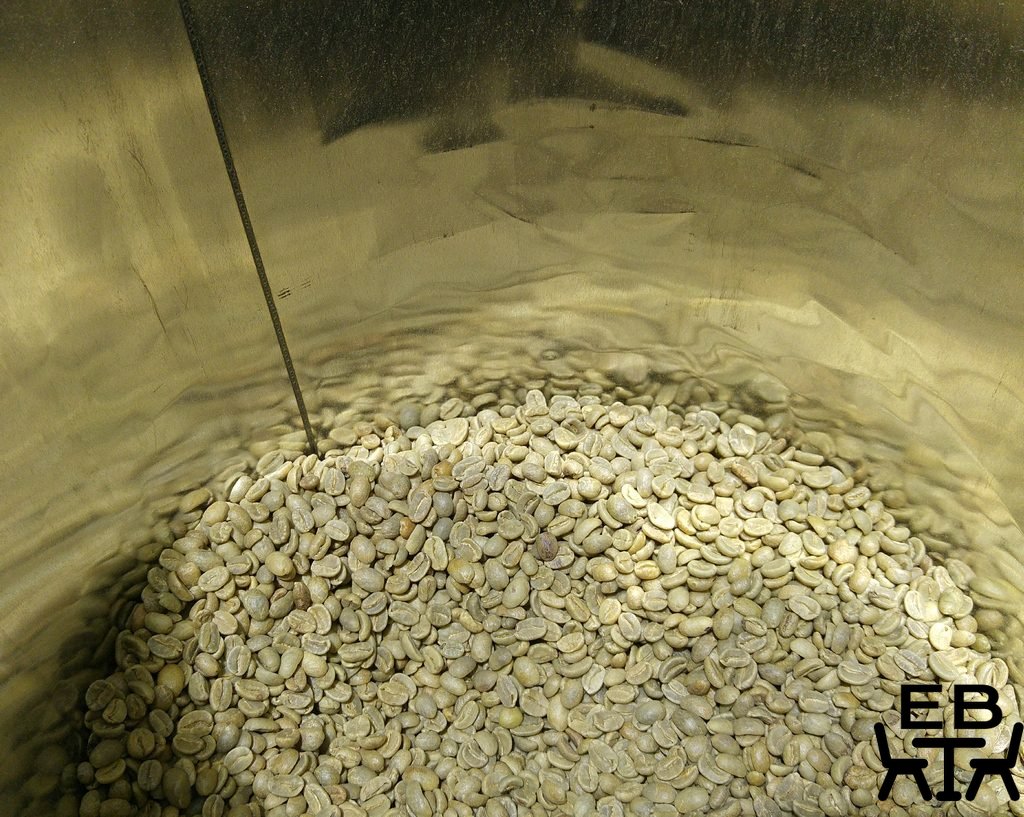
These green beans are stored in giant silos that hold two up to two tonnes of coffee each, sorted by their place of origin. They have a computerised system that mixes different proportions of each particular green bean to make up the blends for roasting.
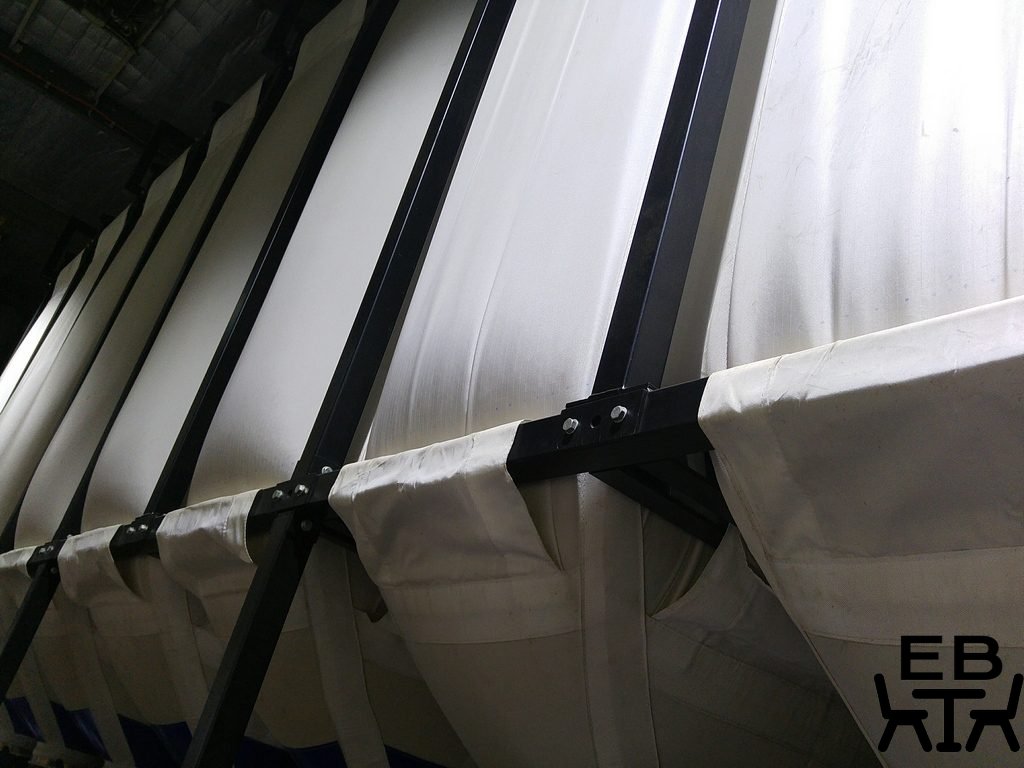
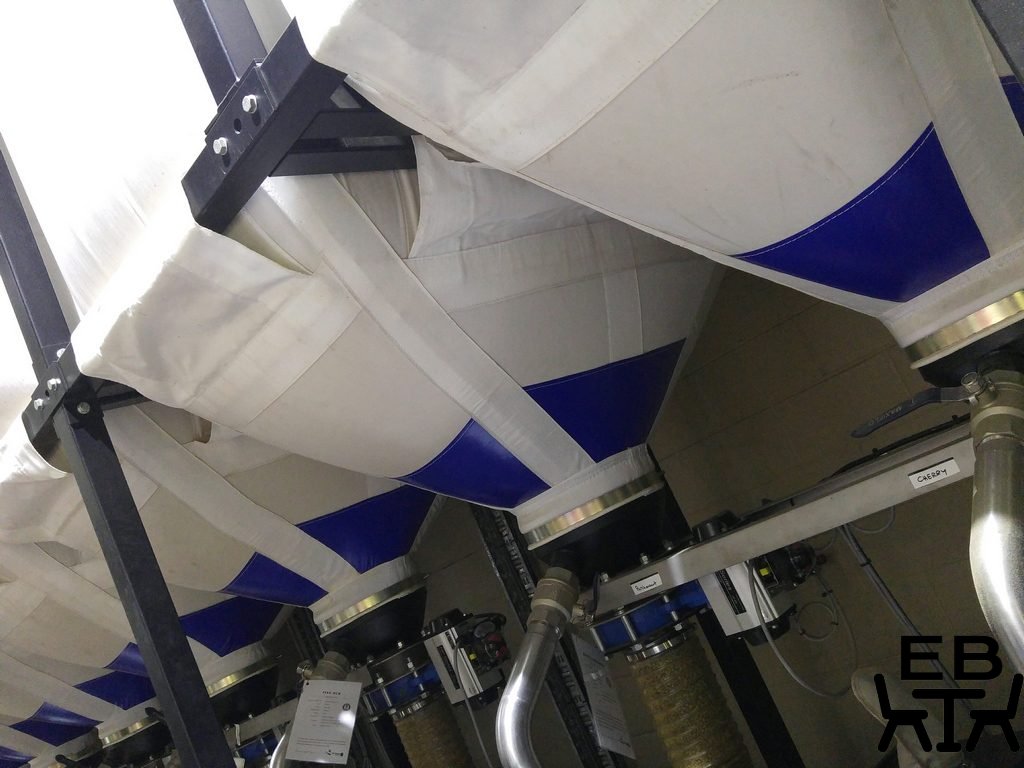
They have roasters in a couple of sizes, but both are huge pieces of equipment. One can roast 60kg of beans at a time, and the other can roast 120kg at a time. If you have ever tried roasting coffee yourself, you will know that it smells. Not like the aroma of your freshly ground coffee beans, but like something bad is burning. Ventilation is definitely important, and fortunately there are high ceilings and lots of airflow here.
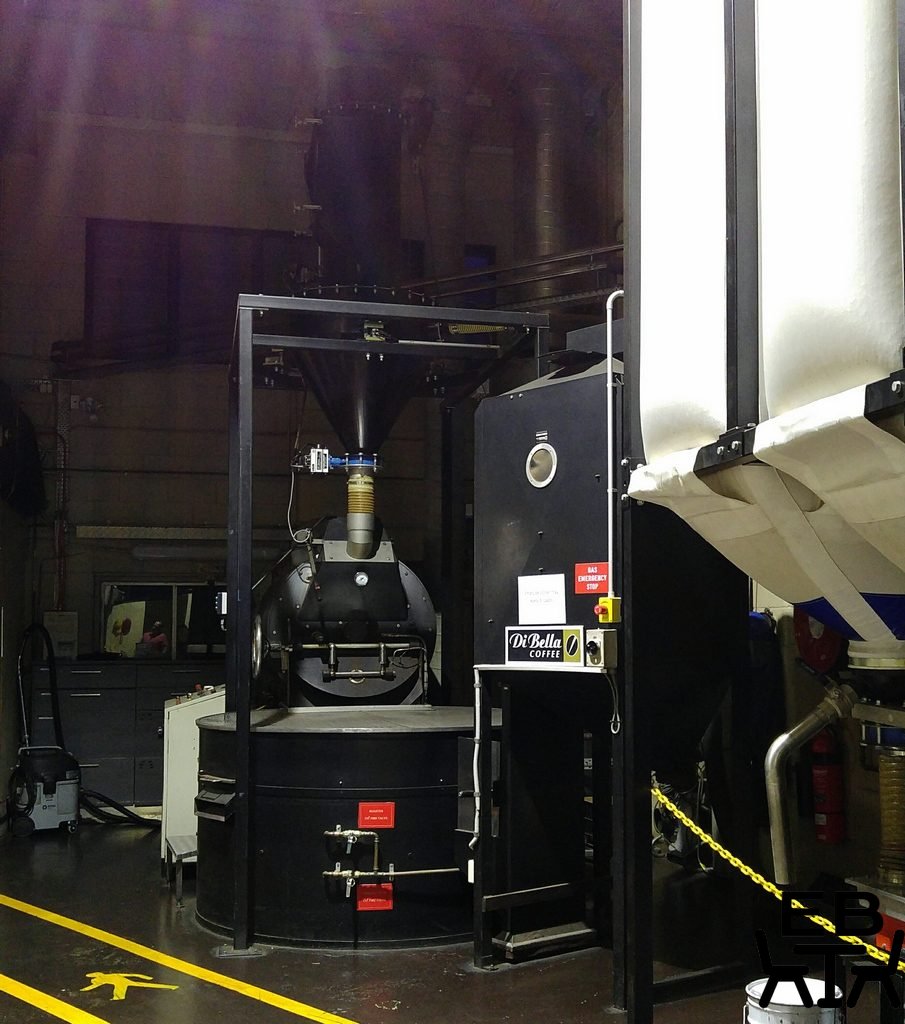
After beans are roasted for the appropriate length of time, they are quickly cooled, to prevent any further cooking, and then destoned. We were shown a jar of some of the things they have recovered from amidst the beans, and the contents were quite amazing. There were certainly items there that you would not want making their way into your cuppa, even if ground down to powder.
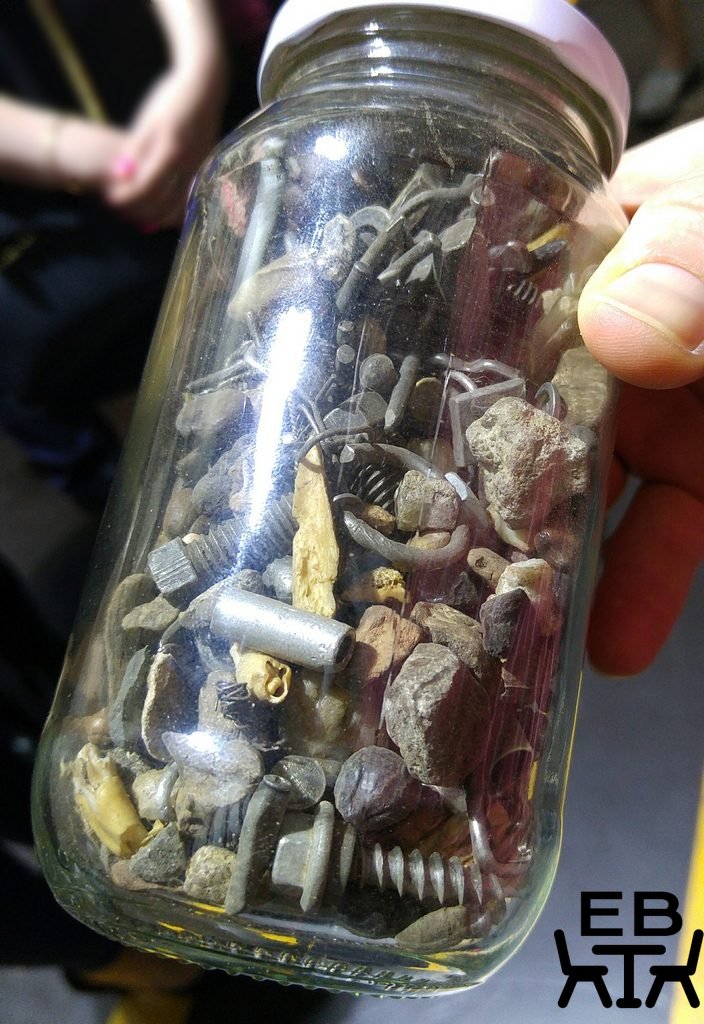
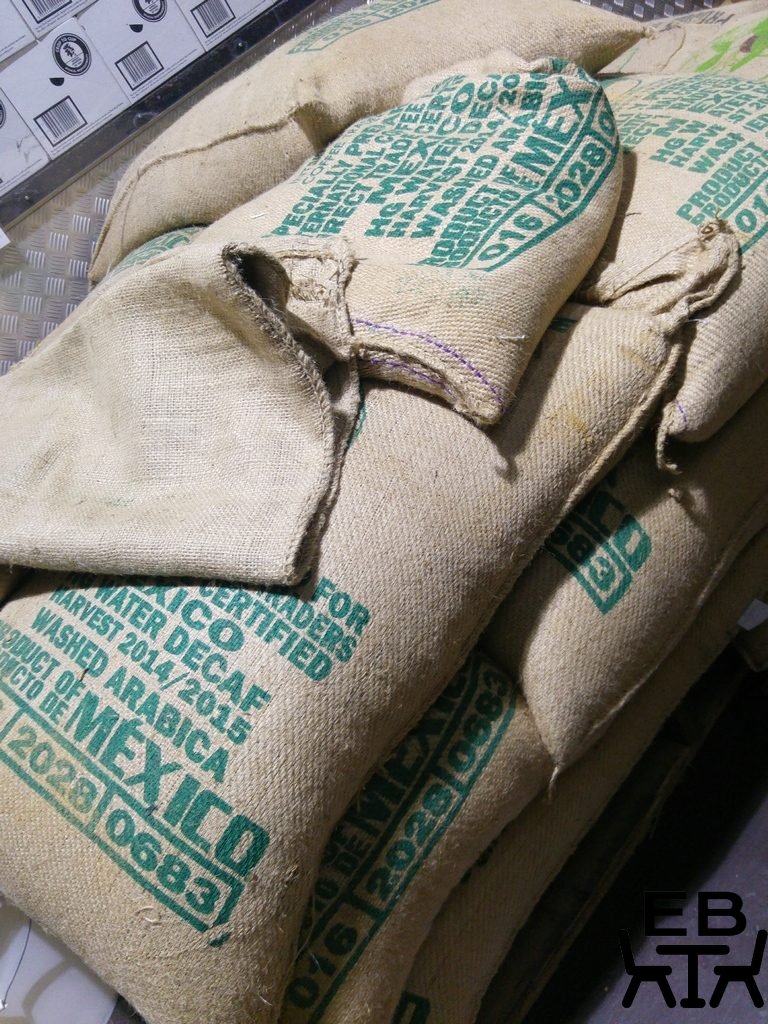
The next thing we were shown, and had the chance to try, was cupping. It’s how they get the characteristics of each coffee. It can be done to discern the flavours of the single origin coffees, and then work out how to blend them to get a better flavour profile. To do it, they don’t just make a bunch of espresso shots from each coffee and compare them. The process is actually more like the brewing of tea. Hot water is poured into a cup of coffee grounds (done quite coarsely), and is left to steep. After a few minutes, you can smell the aromas of the coffee rising. Different varieties and blends do actually smell different.

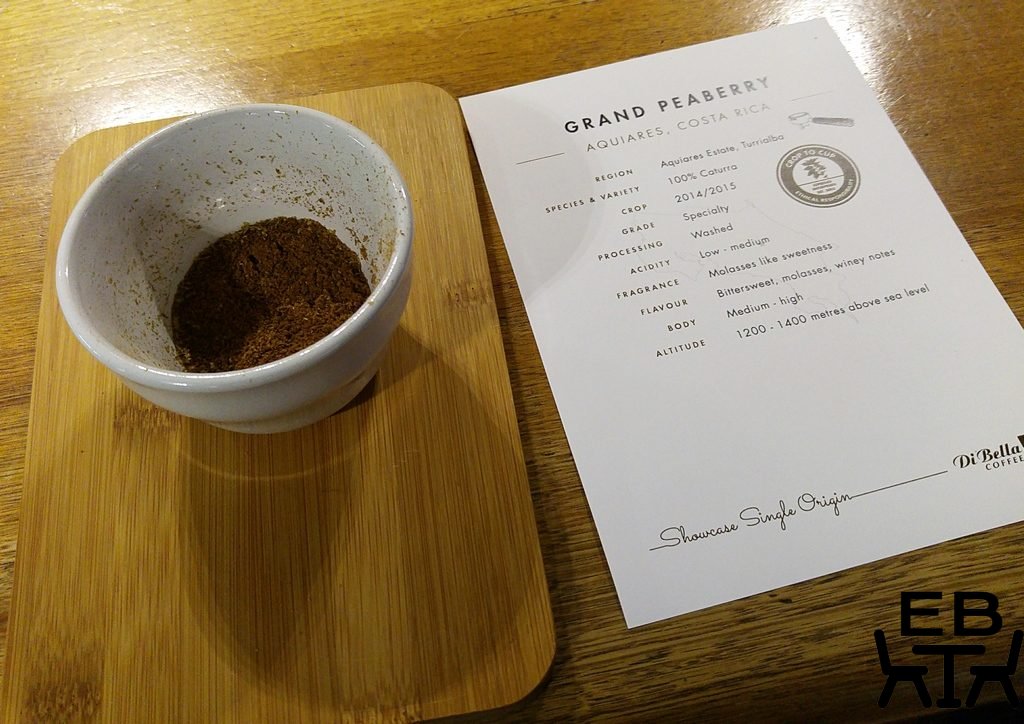
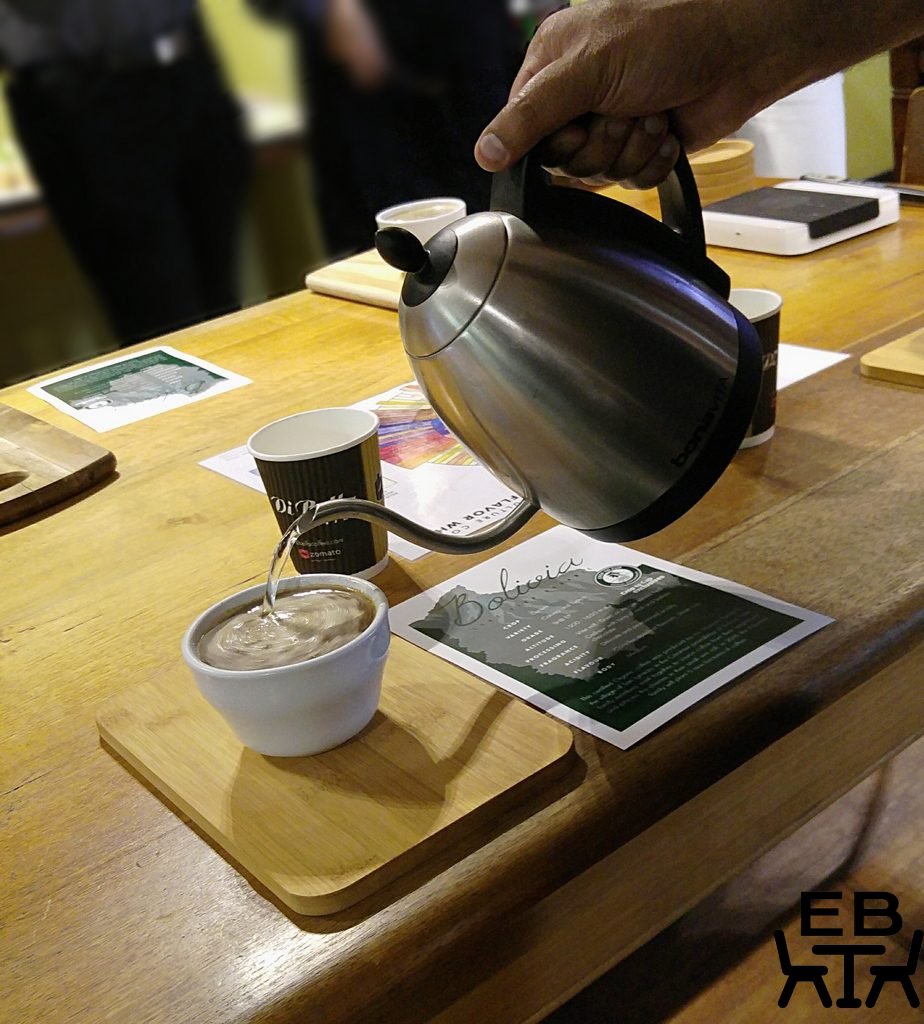

The risen grounds are then skimmed off the surface, and the coffee itself can then be tasted. The technique actually takes some getting used to. Not a wine rinse and gargle, but a slurp that is supposed to distribute the coffee around your palate, as well as aerating it so you get even more of the aromatics. There was certainly spluttering in the process, as coffee was occasionally inhaled rather than imbibed.. From that, one is supposed to be able to discern, and evaluate, sweetness, acidity, and aftertaste. You may have seen the coffee flavour wheel, which includes notes like soy sauce, dill, and tomato (is that really a coffee?).
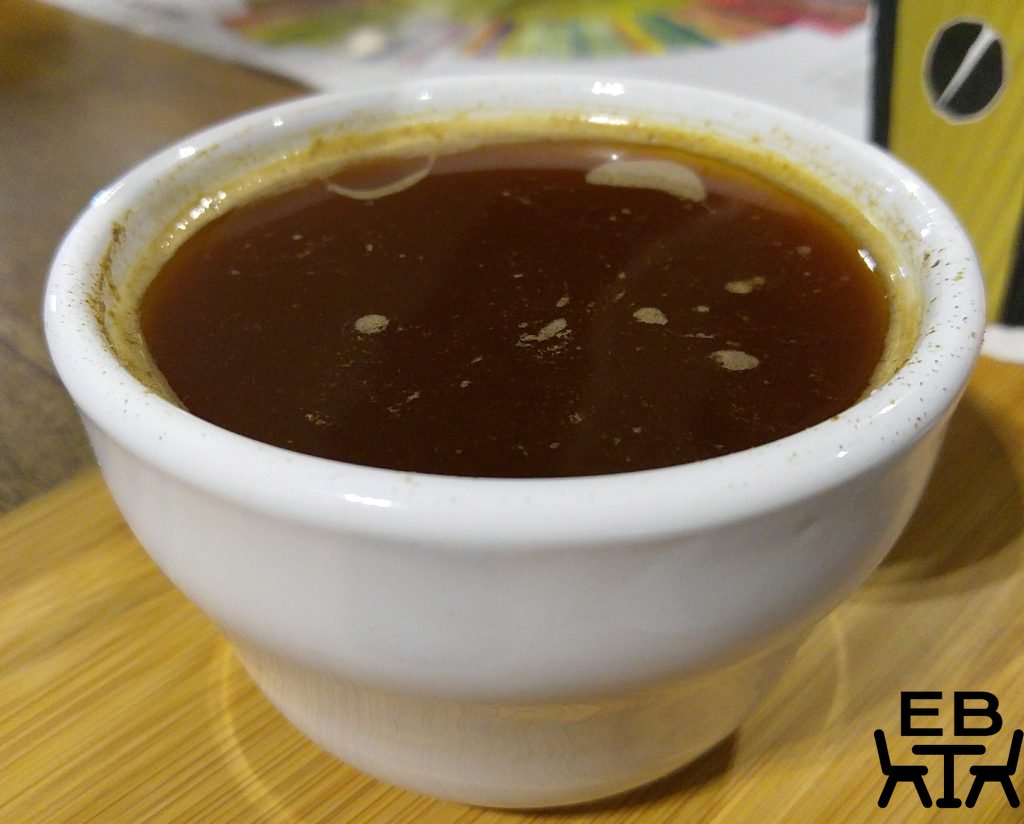
The final, and also very important step, was presentation. Latte art is definitely harder to do than it looks in the hands of the pros. We were shown an assortment of pretty patterns. There were tulips, swans, and multiply swirled designs.. We got to have a go, and discovered that making the textured milk pour out in the layers you intend definitely takes skill. And that was even when we had been given already perfectly textured milk, instead of having to start from the start and texturing the milk ourselves.. Blobs are quite easy to achieve though.
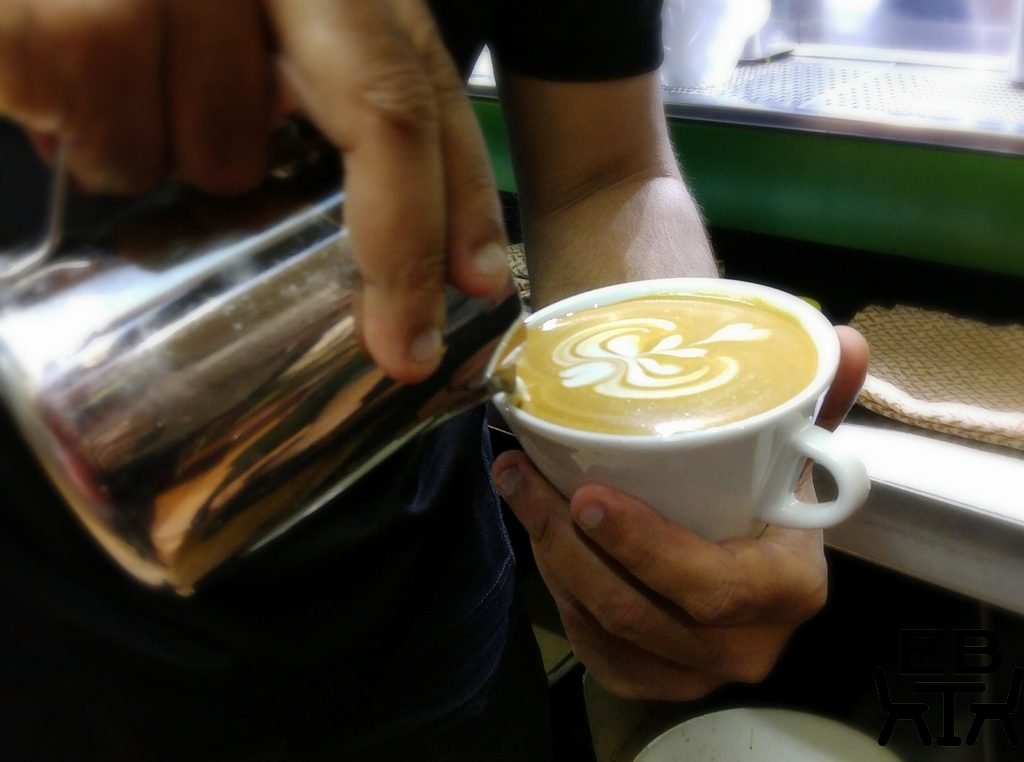
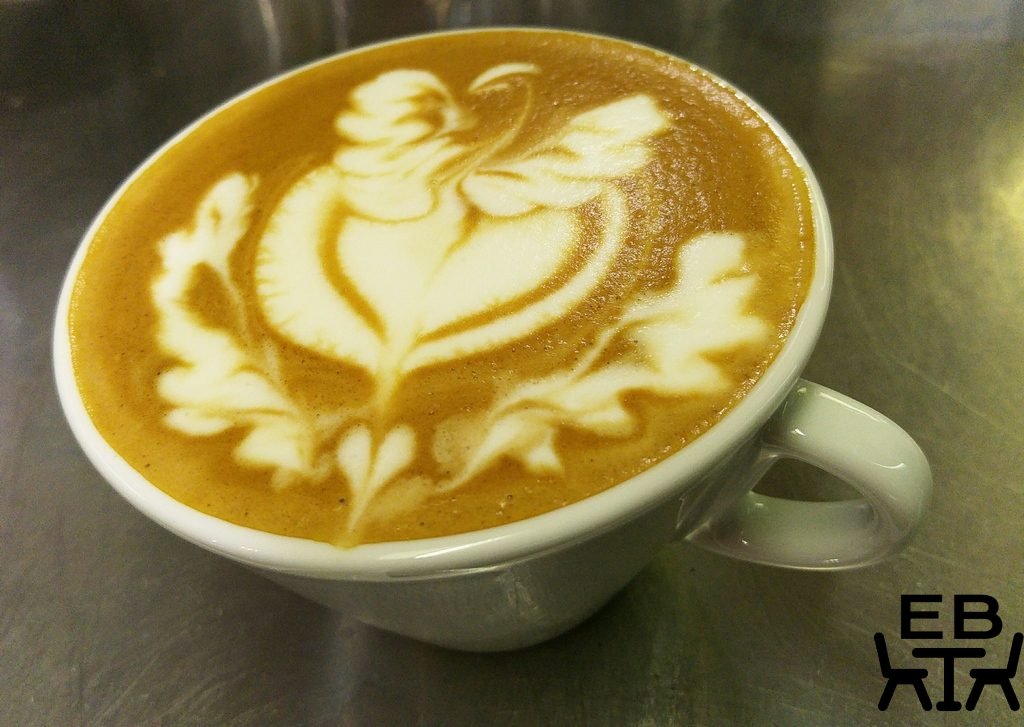
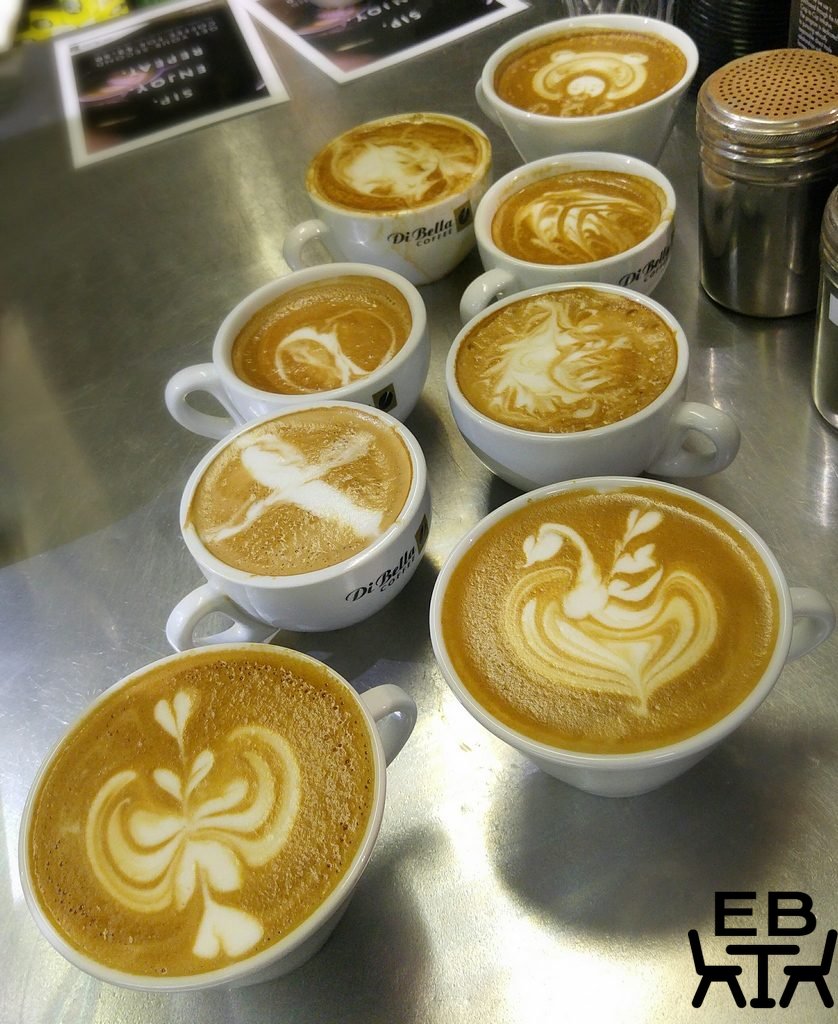
It was an insightful tour of the green bean to cup of coffee process, and certainly gave a better appreciation of all that goes into getting you a good coffee. Di Bella offers factory tours, as well as courses on cupping and coffee appreciation. There is more information on their website. If that’s all too much, you can just visit the cafe for your coffee, or pick it up from the drive-through on your way past.
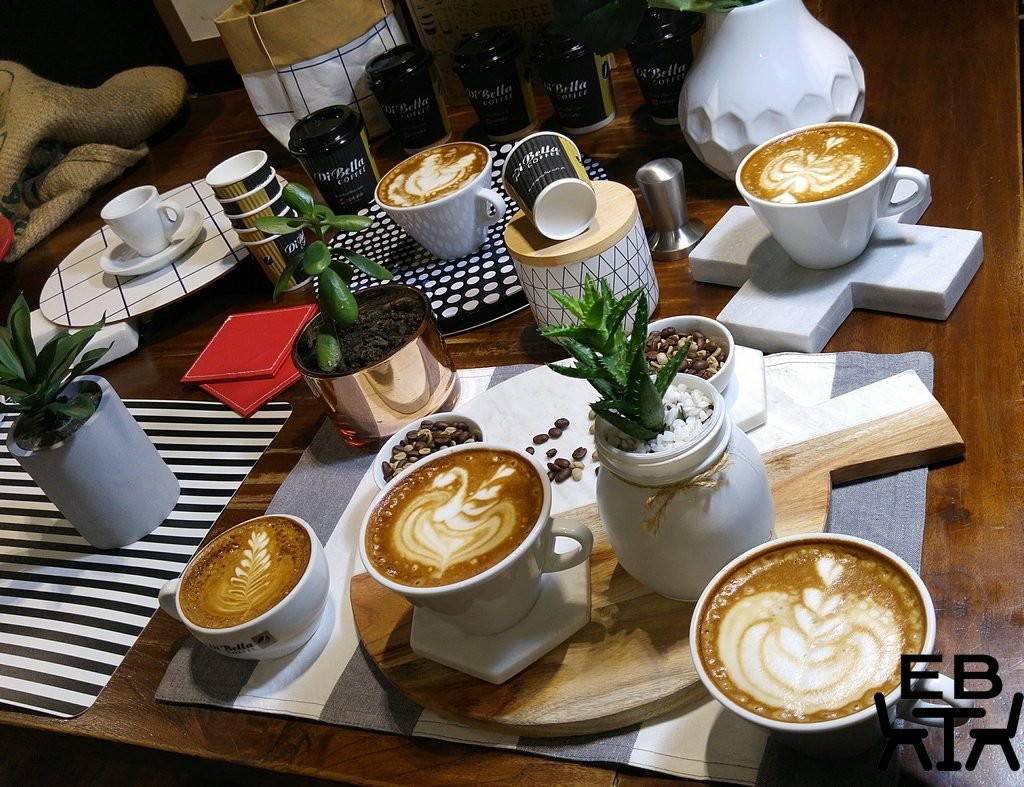
Details:
Address: 82 Abbotsford Road, Bowen Hills, Brisbane
Phone: 07 3252 5858
Website: Di Bella Coffee
